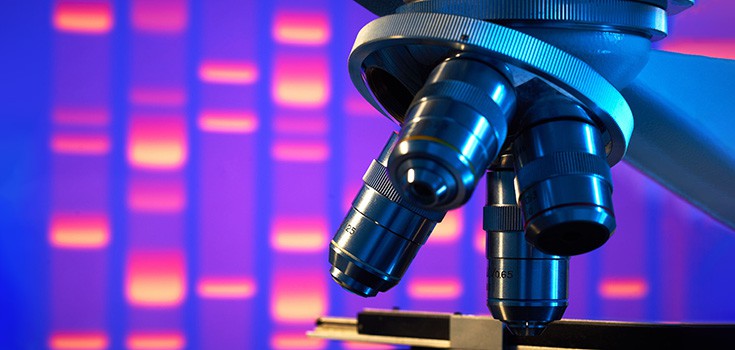Mesenchymal Stem Cells Purified with Gas by Japanese Researchers

Scientists have identified dental pulp, the soft tissue inside our teeth, as a source of stem cells. These cells are multipotent mesenchymal cells, meaning they have the ability to self-renew and to develop into a variety of specialized cells: cardio myocytes to repair heart damage, neuronal cells to generate nerve and brain tissue, myocytes to repair muscle, osteocytes to generate bone, chondrocytes to generate cartilage, adipocytes to generate fat and hepatocytes to repair liver damage. Dental pulp is quite easily collected from the molars of children under the age of 10, with extremely minimal risk. There has been difficulty utilizing mesenchymal stem cells, but research shows that using hydrogen sulfide gas could be the solution.
In 2005, American scientists published a paper reporting on the potential utility of mesenchymal stem cells in the regeneration of human tissue, but have since struggled to produce clinical efficacy, perhaps as a result of the constraints imposed on stem-cell research by the George W. Bush administration through the past decade. President Obama effectively reversed this legislation in 2009, but the effects on the progress of American science were observable.
As of now, the major difficulty in utilizing mesenchymal stem cells for effective clinical treatment is related to activation and mobilization- that is, essentially, directing the stem cells to the purpose we see fit. However, earlier this year, Japanese scientists reported fascinating results using hydrogen sulfide, the gas that imbues flatulence and bad breath with their telltale odors, while harvesting stem cells from dental pulp.
Hydrogen Sulfide Used to Purify Mesenchymal Stem Cells
When the cells were harvested alongside hydrogen sulfide, the proportion which were converted to liver cells increased in parallel. Dr. Ken Yaegaki, from Nippon Dental University in Japan, explains, “High purity means there are less ‘wrong cells’ that are being differentiated to other tissues, or remaining as stem cells.” In the case of hydrogen sulfide and subsequent hepatocyte differentiation, there is great potential for repairing liver damage.
As we further our understanding of stem cells and become increasingly able to harness their healing potential, the future of health and wellness is changing. The use of stem cells is essentially the ultimate use of our bodies’ innate capacity to heal.
Additional Sources:
